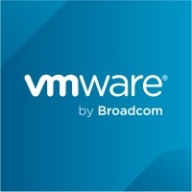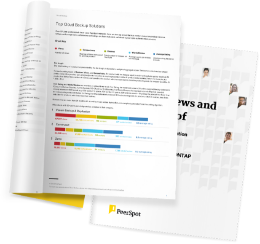For support issues, they help with the issue, but it takes a very long time. The reason is that they engage a very initial resource and then escalate to another level, and during these level escalations, our time is wasted. They do not understand the severity of the issue. They go through step-by-step and then go to the upper level. This may be their SOP, but we require instant support and instant resolution of the problem, so here VMware Live Recovery is lacking. They follow their SOP, but they initially engage very low-level personnel who are not able to answer or resolve the issue, so they escalate or take a very long time to resolve the issue. The main issue is to improve the approach of resolving solutions. I may not be able to suggest new features because in these recent months, I have not been very close to it as we are exploring different solutions.




